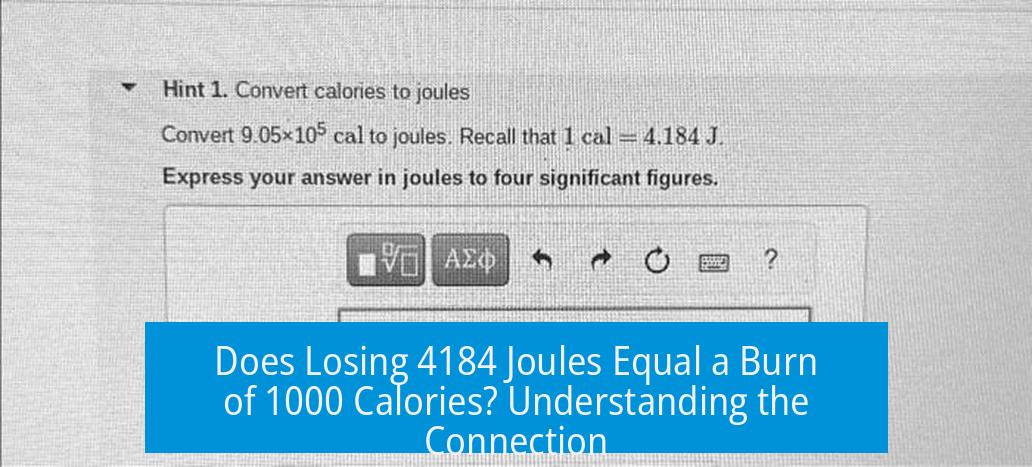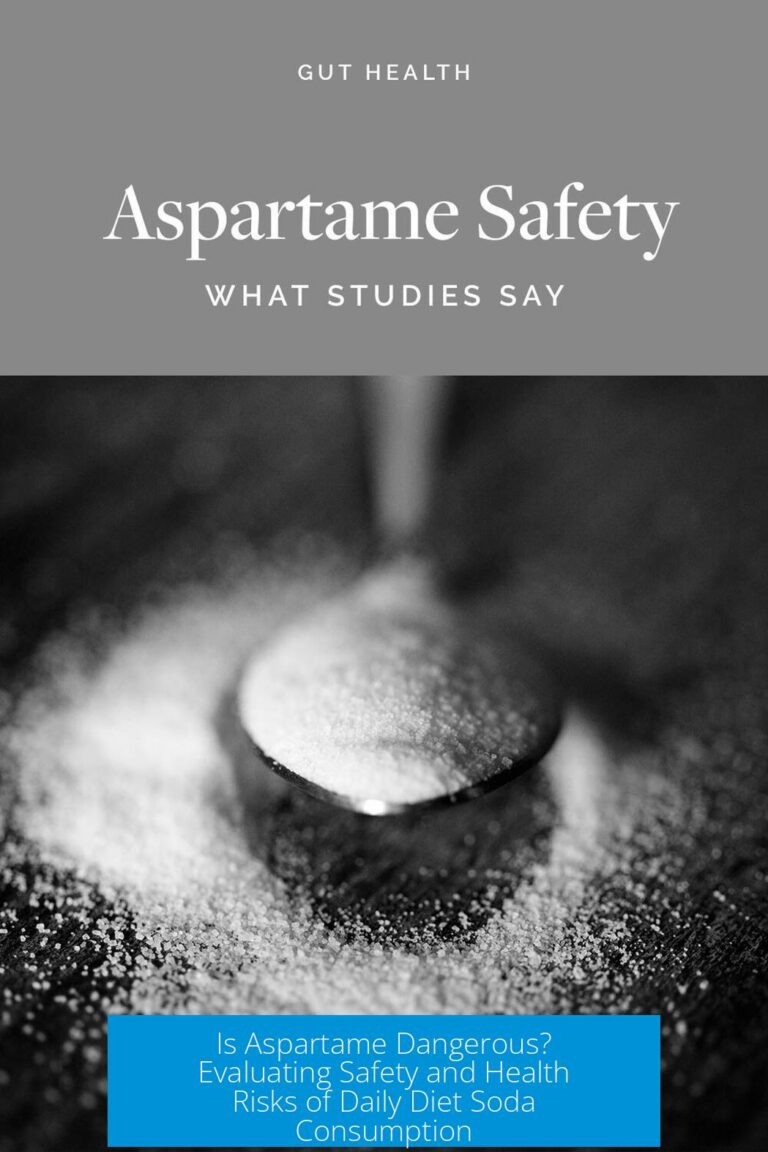Does Losing 4184 Joules Mean Burning 1000 Calories?
Yes. Losing 4184 Joules corresponds to burning 1000 calories (lowercase c) or 1 Calorie (uppercase C), which is also called 1 kilocalorie (kcal). This energy quantity is used in nutrition and exercise contexts. However, the confusion often arises because of different definitions of “calorie.”
Understanding Calories and Joules
Energy is measured in various units; joules (J) and calories (cal) are common. A joule is an SI unit, while calories come from an older system.
- 1 calorie (small calorie, cal) is the energy needed to raise 1 gram of water by 1°C.
- 1 Calorie (large calorie, Cal), used in food and exercise, equals 1000 small calories (cal).
- Conversions: 1 cal = 4.184 J, and 1 Cal (kcal) = 4184 J.
Therefore, 4184 joules exactly corresponds to 1 Calorie or 1000 calories (small c).
The Difference Between Calories and Calories
The main source of confusion lies in the two meanings:
- calorie (small c): A unit of heat energy, 4.184 joules.
- Calorie (capital C) or kilocalorie: Equals 1000 calories, common in dietary contexts.
When people say they’ve “burned 1000 calories,” they usually mean 1 kilocalorie or 1 Calorie. Thus, burning 4184 J means burning 1 Calorie, not 1000 Calories.
Practical Examples from Exercise
Consider cycling at 40 watts for roughly 105 seconds:
| Power (W) | Time (s) | Energy (J) | Equivalent Calories |
|---|---|---|---|
| 40 | 105 | 4200 | ~1 Calorie (kcal) |
This example shows that exerting around 4200 joules results in burning about 1 dietary Calorie. Actual calorie burn can be higher due to biomechanical efficiency (often 20–25%) and metabolic factors.
Other Considerations
- Body efficiency affects how much food energy converts into work versus heat.
- Exercise intensity, fatigue, and body weight influence total calories burned.
- Nutrition labels and energy units vary by region—some use kilojoules (kJ) directly.
Summary of Key Points
- 4184 joules equals 1 kilocalorie (1 Calorie), which is 1000 small calories.
- Burning 4184 joules corresponds to burning 1 Calorie, not 1000 Calories (uppercase).
- Calorie confusion stems from different definitions: calorie (small c) vs Calorie/kilocalorie (capital C).
- Exercise energy output of ~4200 J equals roughly 1 kcal burned.
- Body efficiency and individual factors affect actual energy expenditure beyond raw measurements.
What is the difference between a calorie and a Calorie?
A lowercase calorie (cal) is the energy to raise 1 gram of water by 1°C. An uppercase Calorie (Cal or kcal) equals 1000 calories. Food energy uses Calories, which are kilocalories.
If I lose 4184 Joules, how many Calories have I actually burned?
Losing 4184 Joules means you burned 1 kilocalorie (1 Calorie). It is not 1000 Calories. The joule-to-Calorie conversion is exact: 4184 Joules = 1 kcal.
Why do people confuse 4184 Joules with burning 1000 calories?
This confusion happens because “calories” in science (small c) differ from dietary Calories (large C). 4184 Joules is 1 dietary Calorie, not 1000 small calories.
How does cycling at 40 watts for 105 seconds relate to calorie burning?
Cycling at 40 W for 105 seconds expends about 4200 Joules, roughly equal to 1 kcal. However, the body burns more energy due to inefficiencies and heat production.
What factors affect the accuracy of calorie counts from exercise energy measurements?
Efficiency varies, with about 20-25% biomechanical efficiency in cycling. Genetics, fatigue, temperature, and other factors influence actual calories burned.





Leave a Comment